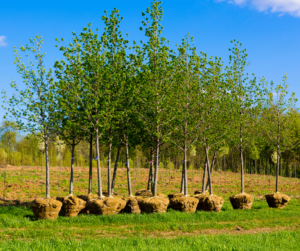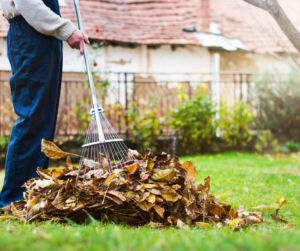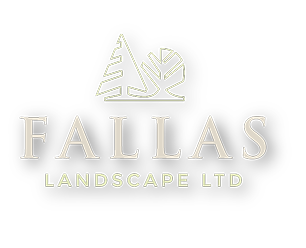Fall is a wonderful time of year. Here in Texas, we welcome the break in the heat. However, it is also a time of year that we need to tend to our yards and gardens a little differently than in other seasons. With each season comes different responsibilities. Let’s take a look at the different dos and don’ts for the Texas fall landscaping.
Add fall-loving plants and trees.
 When creating a nice-looking space any time of year, you need to consider what visuals and aesthetics you are going for. Many people think of fall and think of fall colors such as yellows, burgundies, and oranges. Because of this, many people like to decorate with these colors. This can be done with various gourds and pumpkins to native plants. Some native plant species thrive in the fall cool temperatures with shorter days and less water. These can be found both online or at your local greenhouse. Also, planting trees in your yard is best done in the fall as well.
When creating a nice-looking space any time of year, you need to consider what visuals and aesthetics you are going for. Many people think of fall and think of fall colors such as yellows, burgundies, and oranges. Because of this, many people like to decorate with these colors. This can be done with various gourds and pumpkins to native plants. Some native plant species thrive in the fall cool temperatures with shorter days and less water. These can be found both online or at your local greenhouse. Also, planting trees in your yard is best done in the fall as well.
Trees planted in the fall will focus more on their root systems. Because strong roots are the foundation of healthy, happy trees, fall is the best time to plant them. In the spring, they will have a better foundation started before worrying too much about the foliage. This is true about shrubs and other transplant plants. This allows them to get a good root base while being dormant.
However, there are some trees and shrubs that you shouldn’t prune in the fall. Be sure that you do your research if you plan to prune.
Don’t leave the leaves.
 While many of us are busy and don’t have the time to rack up all the leaves, it isn’t done purely for aesthetics. Matted leaves on the lawn can suffocate the lawn come springtime. Be sure that you rack them up for a healthier lawn in the spring.
While many of us are busy and don’t have the time to rack up all the leaves, it isn’t done purely for aesthetics. Matted leaves on the lawn can suffocate the lawn come springtime. Be sure that you rack them up for a healthier lawn in the spring.
Add mulch in the fall but don’t apply compost.
Mulch and compost are used to enrich our gardening bed. Adding mulch in the fall will protect the roots of the plant. While most people add it in the spring, fall can help add more fertilizer and reduce weed growth come spring. However, don’t use compost in the fall. The best time to compost is in the spring.
Apply a pre-emergent
A pre-emergent herbicide is used to keep weeds under control. It kills weeds before they are allowed to grow by stopping them from germinating. While this is true for all states, in Texas, the winters are far shorter than in other states. Pre-emergent should be used before the soil reaches 55°F, which is the temperature at which seeds start to germinate. Most pre-emergents will have instructions on when to use and mow, which should be followed.
Plant a garden!
While many think about gardening in the spring, there are many plants you can plant in the fall. These are things such as root vegetables, lettuce, cabbage, and fava beans, to name a few. These types of vegetables do well in the conditions in Texas and can add to your beautiful landscaping as they come in many varieties and colors. Not only are they beautiful, but they are edible as well. Cabbage will take about 60 days to mature. This will be just in time for the dead of winter. During winter, it will go dormant and will re-emerge in the spring. Some of these plants will need to have the soil enriched for them to grow correctly. Do your research, and you could have a wonderful fall garden.
See all our services at Fallas Landscape.

